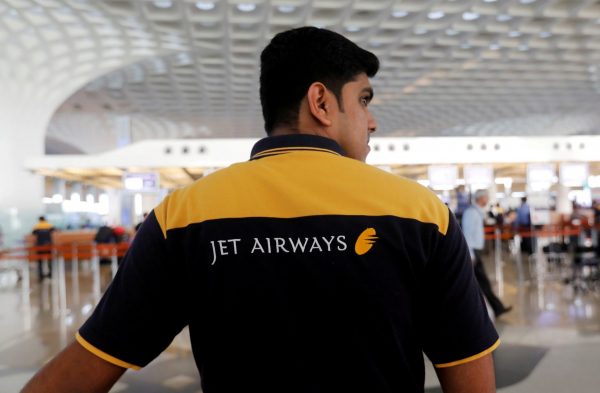In 2016, S&P Global Ratings reported that India’s top 200 companies — and particularly the top private companies — outperformed their Chinese peers in several financial indicators despite India’s infrastructure bottlenecks. The relative size of the Indian private sector is much larger than the Chinese private sector. Private firms account for 75 per cent of the net debt and earnings before interest, taxes, depreciation and amortisation of the top 200 companies in India, while this figure is less than 20 per cent for the top 200 Chinese companies.
India’s civil aviation industry has been on a high-growth trajectory for the last decade. Between April 2008 and March 2009, Indian airports handled 109 million passengers. This number was 309 million in the 2017–18 financial year — an increase of 184 per cent. With such a dramatic growth rate, it is expected that India will become the third-largest aviation market by 2020 after the United States and China.
India’s airline sector leads the privatisation and internalisation of Indian industry. The domestic market is now dominated by private carriers. Major private carriers like Jet Airways, SpiceJet, IndiGo, Vistara, AirAsia India and Go Air control a market share of more than 85 per cent in India. Since the introduction of competition from private carriers in the 1990s, India’s national carriers have lost ground to their private counterparts. The national carrier, Air India, only commands a market share of about 12–13 per cent today.
It is interesting to compare the development of airline markets in India and China — the two largest emerging economies in the world. Both countries started to deregulate their airline markets in the late 1980s. After about 30 years, China’s domestic and international airline markets are still dominated by the ‘Big Three’ state-owned carriers: Air China, China Eastern and China Southern. The low-cost carriers account for less than 10 per cent of the domestic market share in China. In contrast, the market share of India’s low-cost carriers has been above 60 per cent for quite a few years.
Indian airlines are more operationally efficient than their Chinese counterparts: most of India’s private airlines and low-cost carriers consistently operate at or close to technical efficiency. Even the state-owned Air India is much more efficient than Chinese state-owned carriers: state-owned airlines that operate in a competitive environment dominated by private and low-cost carriers tend to be more efficient than those who share their airspace mainly with other state-owned airlines.
The heavy presence of private carriers and low-cost carriers in the Indian aviation market leads to cost savings, reduces airfares and stimulates the demand for air travel in India. Yet in China, the entry of low-cost carriers has not led to a substantial reduction in the prices charged by full-service carriers. This is largely due to the lack of an antitrust-compliance culture in China.
China’s aviation policy is overly protective of state-owned airlines. This stifles the growth of private and low-cost carriers. In recent years, China has relied on high-speed rail development to meet the massive demand for inter-city transport. But it would be extremely costly for China to expand the high-speed rail network to western China, where travel demand is substantially lower than in the eastern coastal areas and where it is difficult to recover construction and operating costs. In India, low-cost carriers seem to play a similar role to China’s high-speed rail. A well-developed low-cost airline network can efficiently and effectively provide inter-city transport services — even between less populated areas. China would do well to take note.
Yahua (Shane) Zhang is a Senior Lecturer in Economics at the University of Southern Queensland.
Anming Zhang is a Professor in the Sauder School of Business at the University of British Colombia.
Kun Wang is an Assistant Professor in University of International Business and Economics.
This article is based primarily on: K Wang, A Zhang and Y Zhang (2018), ‘Key determinants of airline pricing and air travel demand in China and India: Policy, ownership, and LCC competition’, Transport Policy.

